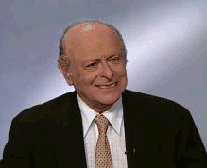|
||||||||

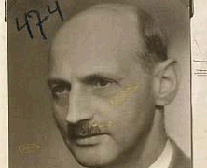
|
Excerpt
"Otto Frank always said, 'I have two Annes—one that belongs to me, and one that belongs to the world.' He worked the rest of his life for Anne's diary, and that gave [him] a lot to do because he received thousands and thousands of letters after the diary came out. Mostly from young girls that read it, that identified themselves with Anne, that wanted to know more about Anne. They wrote to Otto and it is said that he answered every single letter. It is said he answered approximately 30,000 letters in the rest of his life."
|
|||||||
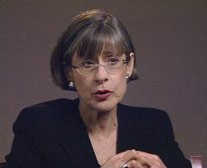
|
Excerpt
"There is something endlessly compelling about someone who is, in these cases, a victim and a witness to one of history's great events, leaving a record of the very moment. I mean it's different than if Anne had survived and then written a memoir after the war. This is of the moment that she left this for us, and I think the power and authenticity of that can't quite be matched by other types of memoirs. One hesitates a little bit to call this a genre of victim literature, but I think what is so interesting—particularly in this exhibit and in other things we've done at the Holocaust Museum—is there's an assumption that once victims become part of this whole atmosphere of victimization that there are no more powers of observation, a sense of humor, a sense of hope about future..."
|
|||||||
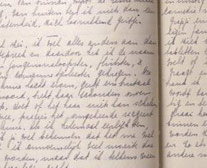
|
Excerpt
"That quote, you see everywhere. I mean you see it on posters and t-shirts, and it gives the perception that in spite of it all, this woman had a very rosy view of the world, this teenager. And it would be a far too simplistic way of looking at her and her thoughts. We will be showing in the exhibition a notebook in which that appears; that happens to be the final notebook Anne wrote in. We're going to have translated the whole section that happens to include that quote and we do that because that quote has been taken out of context, and when it is read in the full context—about three paragraphs worth—one realizes that it is part of a quote about a great deal of despair and longing..."
|
|||||||
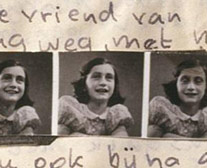
|
Excerpt
"It's interesting because we would not have thought to do something on Anne Frank, because she is so well known and her diary is so widely read. There's so much out there in contemporary culture about Anne Frank, and we really see our job as to do things that no one else is doing, to do things that are unique to the national institution of Holocaust remembrance. But it was our 10th anniversary year. Two of our curators working on one of our 10th anniversary exhibits devoted to hidden children—they were of course thinking about hidden children in general and who's the most famous hidden child? Anne Frank...."
|
|||||||
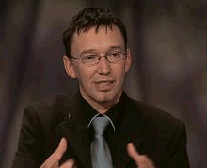
|
Excerpt
"What did strike me... there are certain passages I find very spiritual. The way that she discovers nature, while there is no nature around her anymore in the Annex. That she thinks about the sky, the clouds, the birds, the chestnut tree, has a spirituality that I find very important, especially in these times. And for me also in a way, to bring all of her pen children together in one space creates a spiritual space. It means something that for the first time all of these writings are together in one space and are given this value they deserve. So in a way it leaves me with a deep satisfaction to be able to have worked on this and having been so close to her, because somehow you feel you're close to her when you look at her writings. So I find it very intimate. It's difficult to translate. It's an intimate but also spiritual experience."
|
|||||||


